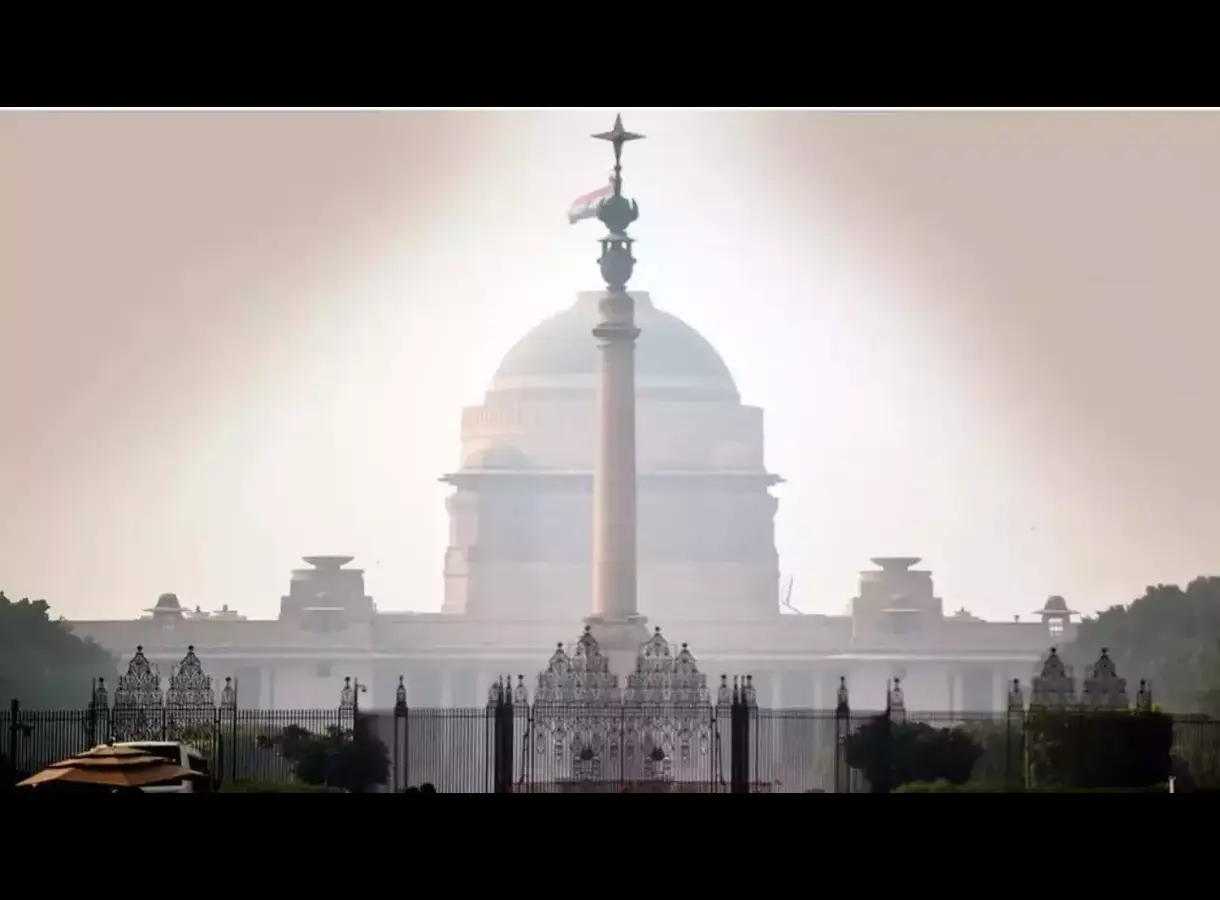Abstract of this article appeared in The Times of India
With Delhi’s air quality index (AQI) rising to 235 on Wednesday, its highest level since June 19, pollution season is here again. In what’s ominous, air quality dipping to “poor” category in Sep is a first in six years. As citizens of the national capital brace for the dreaded winter haze, Delhi govt has unveiled a 21-point action plan to curb pollution.

The action plan includes drone-monitoring of hotspots, special task force, work-from-home policy, voluntary vehicular restrictions, and a green award. To combat severe air pollution, the odd-even vehicle rationing scheme and even artificial rain are proposed.
Last year, too, AAP govt had introduced a 15-point action plan, which was completely ineffective. In fact, the air pollution season of 2023-24 was one of the worst in recent memory, with an average AQI of 304, compared to 280 in 2022-23 and 278 in 2021-22.
For over a decade, Delhi has experimented with various pollution control measures – odd-even schemes, smog towers, water cannons, tree plantations, and graded response action plan (GRAP), which restricts industry, construction, and vehicle operations, among others. Yet, the city continues to suffer.
Why Delhi’s plan won’t work
This year’s plan like those before, is un likely to deliver the clean air Delhi needs. And this is because these measures do not target the most significant pollution sources. Delhi, which makes up only 2.7% of NCR, lies in one of the most urbanised, industrialised, and agricultural regions in the world. Consequently its air is heavily influenced by pollution from neighbouring districts.
Studies reveal that only 30-50% of Delhi’s air pollution originates within the city with the remaining 50-70%coming from outside. This means that a regional approach is essential to reduce air pollution in the city. FUrthermore, the main source of pollution in Delhi-NCR are the use of biomass for cooking, heating,and in micro and small industries as well as the burning of agricultural residues in the surrounding states.
These activities contribute over 50% of the total PM2.5 pollution, the most dangerous pollutant of all. An additional 30% of PM2.5 pollution comes from industries and power plants that rely on coal and other fossil fuels in other words more than 00% of OM2.5 pollution in Delhi-NCR is caused by solid fuel, particularly biomass and coal burning, with vehicles contributing less than 30%. This estimation does not include dust from roads, construction sites and barren land, which are also significant sources of particulate pollution.
Centre, States must collaborate
If Delhi is serious about improving air quality it must stop relying on ineffective superficial solution like odd-even schemes, construction bans, and drone-monitoring. These temporary fixes do more harm than good by damaging the economy without addressing the core issue. The real solution lies in collaboration between the central govt and the states-Delhi, Haryana, Punjab, Uttar Pradesh and Rajasthan-to confront pollution at its source.
This collaborative effort can be operationalised by creating a new governance framework and institution to implement a coordinated clean air action plan. This will require all states to relinquish some powers for the common good. Here’s how this can happen:
- Establish air pollution control zone: The central govt. should declare Delhi and its surrounding areas as an Air Pollution Control Zone. Withing this zone, all air pollution-related measures should be implemented in a coordinated manner. Ideally, this zone should cover the entire airshed, spanning a 300 km radius around Delhi. However, considering the existing institutional setup this zone could include Delhi-NCR and four additional districts in UP-Aligarh, Hathras, Mathura and Agra. This would encompass an area withing a radius of about 150 km, with a population of around 80mn. Although this would exclude key agricultural area in Punjab and Haryana where stubble burning is rampant, that issue could be addressed through specific programmes aimed at eliminating crop residue burning.
- Set up empowered agency: To implement a coordinated clean air action plan, a new empowered agency should be established. The agency should have representatives from both central and state govts and be headed by a senior secretary-level officer. It should have district offices and its own staff. In other words, it should be the nodal agency for air pollution control in the zone, superseding other central and state agencies, similar agencies exist elsewhere, such as the California Air Resources Board established in 1967 to tackle severe pollution in cities like Los Angeles. China has set up the Beijing-Tianjin-Hebei Regional Coordination Council to reduce pollution levels in Beijing. While the Centre has set up Commission for Air Quality Management for NCR and Adjoining Area (CAQM), it has not been very effective because it lacks resources, authority and a proactive action plan.
- Put in place real action plan Delhi’s air quality and India’s as a whole cannot improve without a rapid transition to clean energy for cooking heating, industry, transport and power generation. Similarly, pollution from land and agriculture, such as agricultural residue burning and desertification, will have to be addressed. These challenges will require bold schemes, dedicated resources and multi-year efforts to see tangible result. For this a genuine action plan needs to be developed.
But the question remains: Are the central and state govts up for the challenge?
Chandra Bhushan is one of India’s foremost public policy experts and the founder-CEO of International Forum for Environment, Sustainability & Technology (iFOREST).
